Schools & Universities
Schools and universities are well-known for having a diverse range of facilities and structures that may be used for a variety of purposes in order to advance their students’ education. According to the Organization for Economic Cooperation and Development (OECD) research, children will spend an average of 1300 hours a year in a school building, and teaching staff, administration staff, and other school personnel will focus on assisting them in learning and growing.
Many schools and universities have various campuses that include laboratories, kitchens, darkrooms, locker rooms, classrooms, auditoriums, cafeterias, and gymnasiums.
The new school year is swiftly nearing, and COVID-19 will be there to witness it, while some school systems and campuses plan to hold classes remotely. Building engineers and operators will need to prepare for this, as well as look for alternate solutions.
Pollutants such as volatile organic compounds (VOCs), aldehydes, particulate matter (PM2.5 and PM10), fungus, and bacteria affect indoor air quality (IAQ) in school buildings.
Indoor environmental conditions are one of the key factors to total exposure for children to various air contaminants because of the time spent in schools.
Thereby schools and other educational institutions will have to prioritize the students, teachers, and staff’s safety and health.
The Air Inside Schools and Universities Can Contain:
- Molds, spores, pollens
- Carbon monoxide, radon, volatile organic compounds (VOCs)
- Bacteria, viruses, and byproducts
- Vehicle engine exhaust, exhaust from industrial plants
- Asbestos, clays, elemental particles, and man-made fibers
- Outdoor pollutants such as car exhaust, pesticides, and manufacturing emissions can make their way inside, worsening an already contaminated condition.
- Engineering education may need woodworking or metalworking experiments that result in the release of dust particles and gases.
- The writing board emits dust, which is another harmful contaminant.
- Chemicals and toxic odours produced by specific reactions in laboratory settings are also a source of pollution on school and university premises.
If the indoor air quality in schools and universities is not maintained, it harms a variety of aspects.
Impacts of poor IAQ:
- Influence student attendance, comfort, and performance.
- Decline in teacher and staff performance.
- Hasten the deterioration and decrease the efficiency of the school’s physical plant and equipment.
- Raise the possibility of school closures or occupant relocation.
- Put a strain on relationships between school administration, parents, and staff.
- Have an impact on community trust
The health and comfort of students and teachers are among the many factors that contribute to learning and productivity in the classroom, which in turn affect performance and achievement. In addition, failure to respond promptly and effectively to poor IAQ in schools can lead to an increase in long-term health problems and potential liability problems.
Reasons to maintain quality indoor air at schools & universities
- Improved performance of occupants in schools and universities
- Increased output of occupants in schools and universities
- Increased self-life of books in libraries
- To provide the highest athletic performance possible
Optimize Your Filtration and Improve Your School & University Environment
Quality air filtration system design, operation, and maintenance are critical for providing clean and healthy indoor air in schools. Properly functioning filtration systems reduce the pollutants that cause most IAQ problems inside school & university buildings.
In addition to improving occupant health and performance, regular HVAC maintenance also saves energy and extends the life of HVAC equipment.
A thorough air filter audit of your HVAC system is the first step that AAF recommends providing you with professional guidance and analysis for cost savings and liability reduction opportunities. By conducting this audit, we document your current state and advise you on how your facility could perform better, helping you save money, save time, and reduce risk.
Contact your AAF representative to schedule an audit and to find out how the insights from intelligent data tools, including TCO Diagnostic® and Sensor360®, can improve your operational outcomes.
Solutions

Complete Filter Analysis: Air Filtration Audit
A thorough air filter audit of your HVAC systems is the first step that AAF takes, in order to provide you with HVAC energy analysis for cost savings. In this way, we identify how your filtration system can optimally perform. Contact us to find out more about lowering your HVAC cost.

Total Cost of Ownership Made Clear: TCO Diagnostic®
TCO Diagnostic, which is customized to your HVAC total cost of ownership, provides a clear insight into the optimal filtration options and tailors to your demands for a full clean air solution – enhancing air quality, energy savings, and operational flexibility while lowering your life cycle costs.
Products

PurAir 350C
PurAir 350C is compact design ceiling mounted unit integrated with three-stage of high-performance filters which can efficiently remove indoor fine particles, harmful gases, bacteria and virus.

AstroPure
The AstroPureTM Air Purification System utilizes advanced HEPA filtration that is specifically designed to improve indoor air quality.
Contact: +91 944 875 1680
Website: https://www.aaf-india.com/contact/

